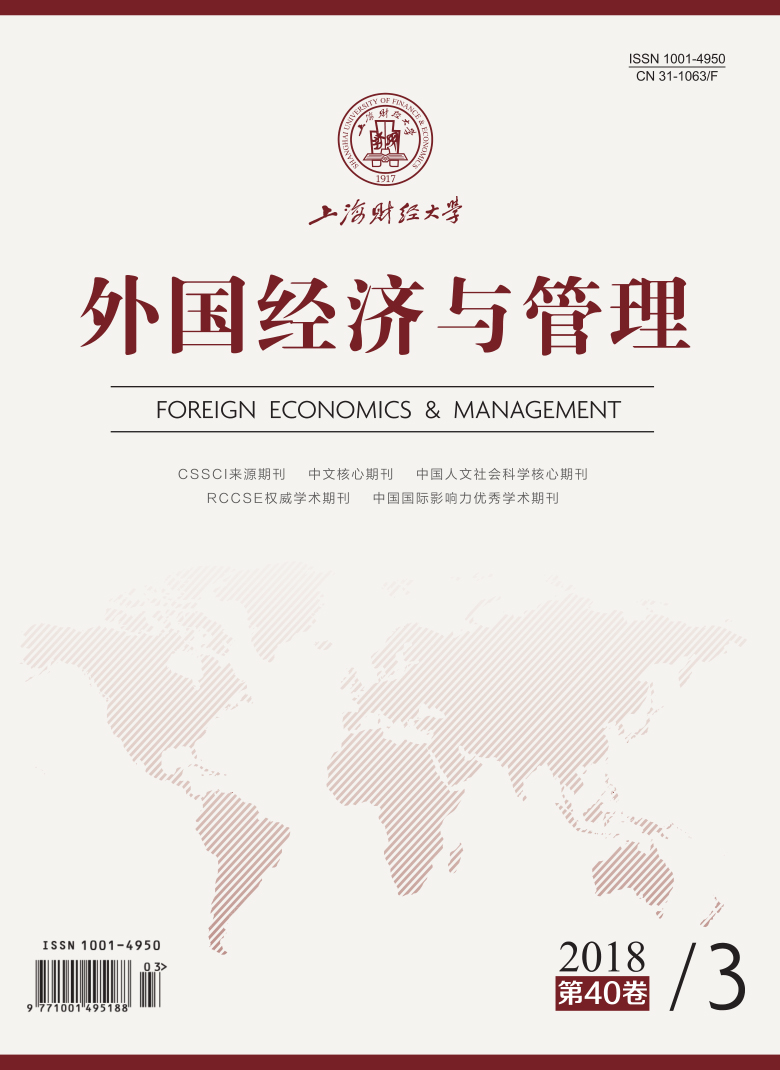Along with the dynamic changes in technological and institutional environment, the external environment faced by enterprises is complex and unpredictable. Due to this fact, traditional plan-execute strategy cannot be unfolded smoothly. Hence enterprises adopt strategic improvisation to resist the risk caused by environmental uncertainty, improve sensing capability of environment changes, and enhance the capability of planning and executing strategy. Not only that, but strategic improvisation can fill in the gap in enterprise basic strategy and also becomes the core. Therefore, strategic improvisation is of great significance to managers. Strategic improvisation can be understood as unhindered actions employed by an organization spontaneously and intuitively when encountering an unexpected interruption or change of activity under time pressure. When improvising strategically, an organization needs bricolage, coordinates relevant subjects, and plans and executes at the same time. Since strategic improvisation plays a crucial role in management, then whether it can bring competitive advantage to enterprises with latecomer disadvantage is worth further study.
Based on the vertical comparison of big firms, this exploratory multi-case study tends to open the black box between strategic improvisation and competitive advantage of organizations by identifying strategic improvisation employed by firms at different development stages, untangling the evolutionary process and analyzing the mechanism between strategic improvisation and competitive advantage.
It comes to the following findings: firstly, enterprises perform in-time and novel strategic improvisation spontaneously at all stages. Strategic improvisation, based on different types of unpredicted events and organizational responses, can be categorized into two groups, namely improvisation as a defensive response to urgent and unexpected events in turbulent environment, and improvisation as active offensives. Secondly, outcomes from strategic improvisation are new behavioral productions, artificial productions and interpretive productions, which can affect companies at the strategic level. Thirdly, outcomes from strategic improvisation can evolve into organizational memory. Organizational memory can facilitate enterprises to reduce costs and create more value for customers; therefore, it becomes the source of endogenic competitive advantage. To be specific, new behavioral and artificial productions that come from strategic improvisation evolve into explicit declarative organizational memory, and new interpretive productions evolve into tacit procedural organizational memory.
This paper makes main contributions as follows: firstly, this paper tends to bridge the gap in the traditional RBV model with the attempt to add the concept of enterprises’ behaviors between the existing model of " capability-competitive advantage”; secondly, the conceptual model (" strategic improvisation”-" organizational memory”-" competitive advantage”) proposed in this paper argues that strategic improvisation is the root of enterprises’ competitive advantage, and hence enriches the existing research in this field; thirdly, this paper deepens the understanding of the mechanism between organizational memory and competitive advantage by arguing that although different levels of improvisation produce some forms of results, only organizational memory formed by the evolution of strategic improvisation is the source of organizational competitive advantage.






 8229
8229  8908
8908

